I met Jen Barcklay at the Wyoming Women’s Antelope Hunt in 2016. I knew a little about her from her hunt application, but I was excited to learn more about her story. As someone who knows firsthand the healing benefits of hunting and shooting, I hoped that Jen and I would share a common connection. Not only did I find a new friend, but also, I was inspired by her journey and perseverance through her incredible recovery and rediscovery of her passion.
Sponsored by Ruger
Ashlee Lundvall: Tell me about your childhood. Where did you grow up? What were your interests?
Jen Barcklay: I was born in Spokane, Washington. My earliest and strongest childhood memories are of my family spending most weekends outdoors exploring regional lakes and rivers of eastern Washington, northern Idaho and western Montana. Camping, fly fishing, canoeing, climbing rocks and trees, picking huckleberries in the mountains and being on the lookout for bears were some of the activities I recall. I remember one of my favorite things was this really cool map of the stars from a National Geographic magazine. You could find and learn the names of the constellations by shining a flashlight on it, making it glow and looking to match clusters of stars in the sky. Campfire cooking, fishing and exploring was a great way to grow up and formed a strong life long bond with the outdoors for me.
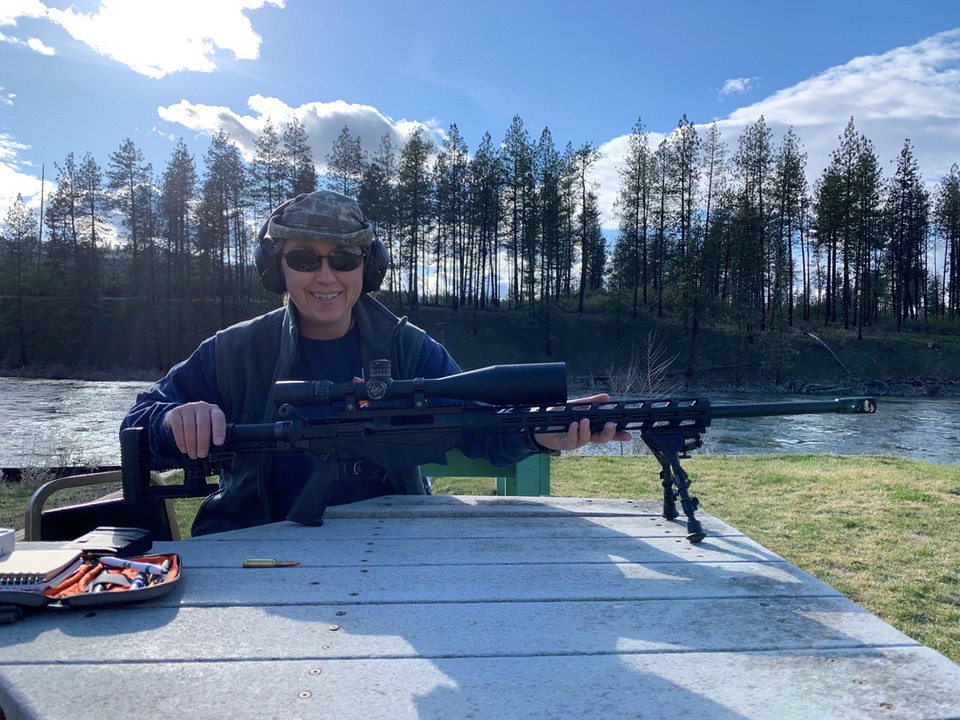
Ashlee Lundvall: When did you become introduced to/interested in firearms?
Jen Barcklay: I was around firearms a little as a child. My father was a bird hunter for a short time and he had a shotgun and couple of pistols. I learned to shoot a .22 revolver as a young kid, but it was not until after being in the military that my interest in firearms grew to become part of my lifestyle. Once I was discharged from the US Army in 1996, I had learned of the “Public Safety and Recreational Firearms Act,” otherwise known as the “assault weapons ban,” that was enacted as part of the Violent Crime Control and Law Enforcement Act of 1994. This was the introduction to my education of the Second Amendment and civilian firearms ownership. I could not, at the time, wrap my young brain around how the same federal government could teach me to safely operate a variety of firearms from semi-automatic handguns, M16 rifles and fully automatic machine guns as a soldier, yet once returned to civilian life, those same tools in one form or another had restrictions, or were all-together banned from legal ownership across much of the US. It was this thorn-in-my-side that developed into a passion and drove me to educate and learn more of the twisted path of civilian firearms ownership. I was able to successfully navigate the red tape and become a civilian gun owner … regular firearms training at the range had become simply a part of my normal life.
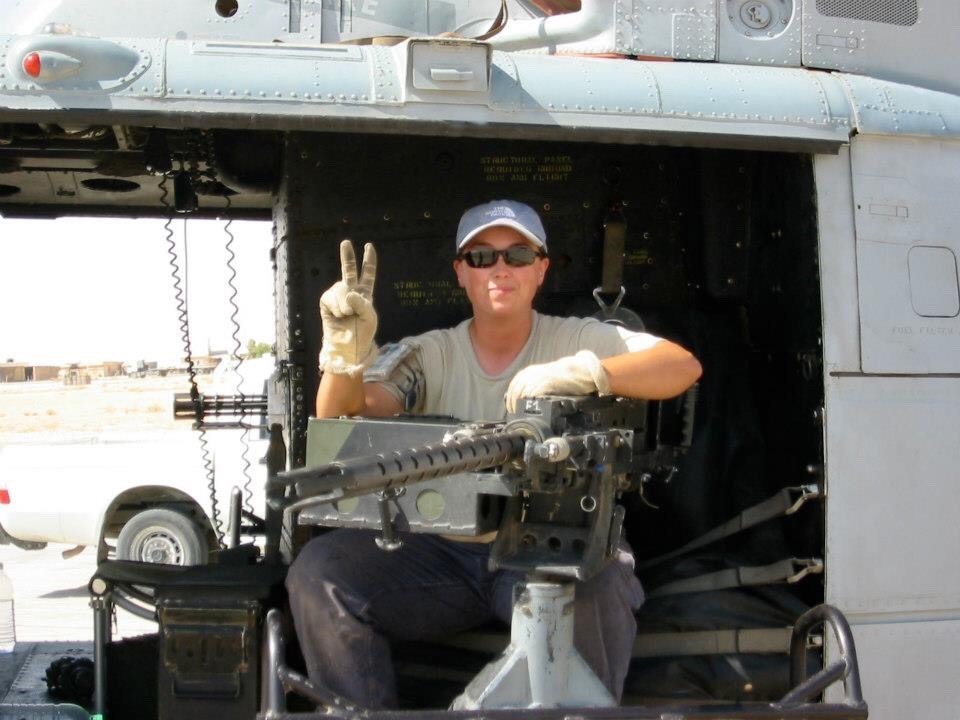
Ashlee Lundvall: What made you decide to join the military? What was your primary job while in service?
Jen Barcklay: I made the decision to join the military after graduating from college. I tried a few jobs, but I knew I needed something substantial to help pay off my school debt. There was a ubiquitous ad in the classifieds for the US Army stating, “Earn money for college.” Having come up empty-handed in the job search, I called the recruiter. I filled out the paperwork, took their assessment tests and was overwhelmed at the amount of jobs I would qualify for in the military. I narrowed down the choices to EOD or helicopters. At my mother’s request, I avoided explosives and entered the military as a UH 60 tactical transport helicopter repairer.
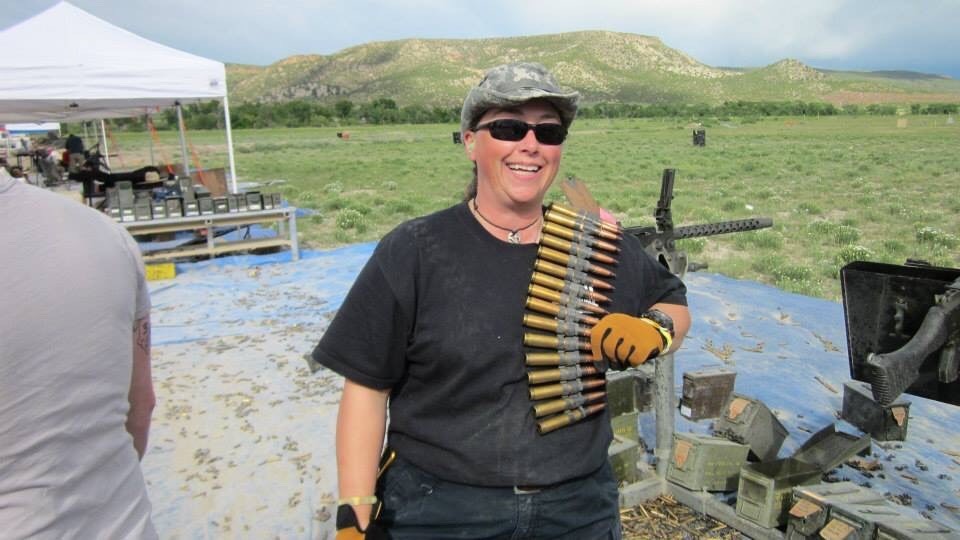
I was a crew chief on Blackhawk helicopters for a utility unit where part of the training was aerial gunnery school. I later requested assignment to the 50th Medical Company, Air Ambulance which involved helicopter rescue and medical evacuation. Unfortunately, I sustained a knee injury in jump school and, after 2.5 years of service, I was medically discharged from the 101st Airborne Division. I was heartbroken that my military career was cut short, but it became the basis for the future of my life as I progressed through the years. After my discharge, I continued with aviation and emergency medicine as a civilian, including earning my FAA Airframe and Powerplant license as well as my EMT certification. I worked on helicopters all over the western United States — from Alaska to the tip of Texas and most states in between.
In 2006, I was offered a job overseas supporting the military in Iraq where I maintained UH 60 helicopters for the Army for 1 year and Huey and Cobra gunships for the Marines for 1 year. After working 2 years in Iraq, I returned to Washington in 2008 to continue working on a house I was building. By the end of 2008, I needed to return to work in order to finish the house. I ended up taking a job in Afghanistan for a company who was looking for mechanics with my skill set, working on remote, high-altitude European helicopters.
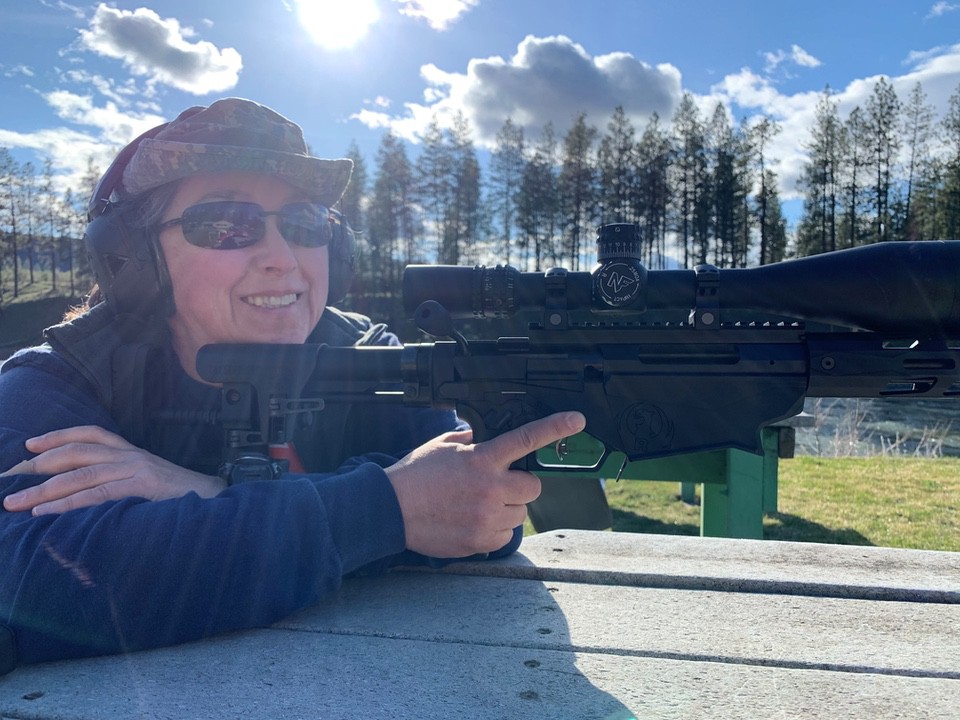
Ashlee Lundvall: Tell me about the day of your accident. What injuries did you sustain? How did your injuries effect your life?
Jen Barcklay: I had been working in Afghanistan for about 9 months when I was injured while standing 10 yards from an incoming mortar explosion. I was on my lunch break, coming out of the chow tent on my way back to my tent, when it hit. I didn’t realize how close I was to the impact until I turned over and saw the black cloud floating above my head and smelled the strong, sulfur odor. I remember all the bones in my body separated and slammed back together as the shockwave blew through me. Later that day, I learned that both of my eardrums were ruptured. I had the worst head pain I have ever felt, my ears were bleeding and my jaw and body felt like it had been hit by a brick wall. The blast had given me a serious traumatic brain injury.
My TBI from the explosion was described to me by a neurologist as having a microscopic shotgun blast go through your brain and disrupt billions of neurons from being able to fire. This affected nearly every aspect of the cognitive functional spectrum. Neurological and physical impairments, vestibular function, proprioception, speech, motor control loss of the use of my right arm and hand, tremors, seizures, memory, hearing loss and the list goes on. The TBI literally erased who I was as a person and ended my aviation career in a fraction of a second.
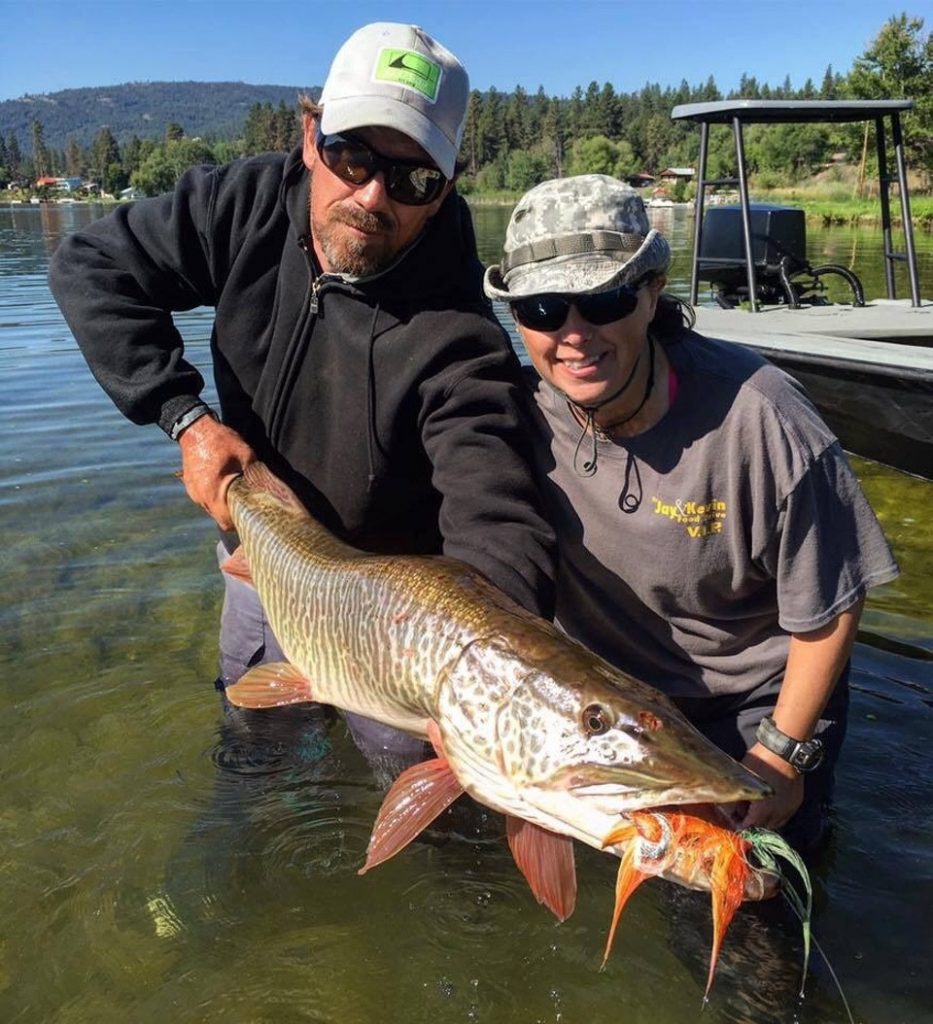
Ashlee Lundvall: Tell me about your recovery. What was the most difficult adjustment?
Jen Barcklay: It took over 2-1/2 years to actually receive any comprehensive treatment for the TBI. After a 3-year long bureaucratic battle over who was responsible for my care, I was finally admitted to a TBI treatment facility in California. I call this “brain injury boot camp.” Treatment was 5 days a week, 6 hours a day for 6 months as I relearned how to be human. I had to relearn the essential building blocks of memory and thought, steady walking, motor function of my upper extremities, relearn numbers, letters and speech and basically build a new mind. It is at this facility where they were able send me to Stanford University Medical Center to finally diagnose and receive treatment for my seizures. Once the seizures were under control, it opened up the door to making some progress in the longest endurance challenge of my life – cognitive rehabilitation.
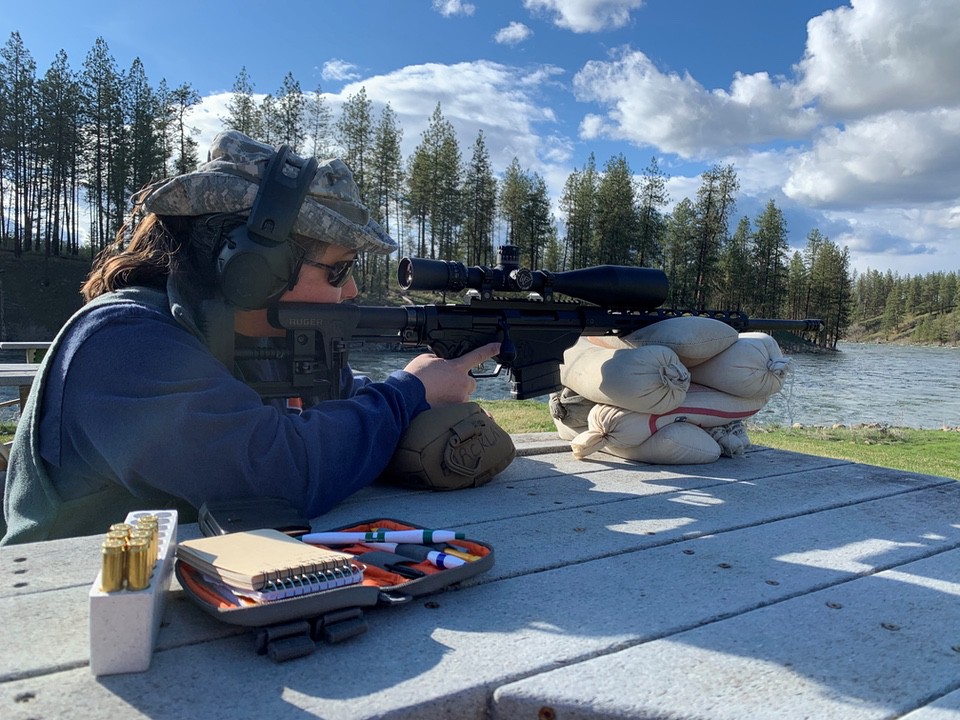
Acceptance of my new reality has been the most difficult part of my recovery. The TBI had left me with a perfectly intact memory of my old mind before my brain was injured, which has been a double-edged sword in the rebuilding process. On one hand, it was memories of my old self that lit the fire to keep fighting to recover, but on the other hand, it was extremely difficult to accept that my old mind was no longer there and would never be back again. Even after nearly 10 years, acceptance of the injury and letting go of what I have lost remains a struggle.
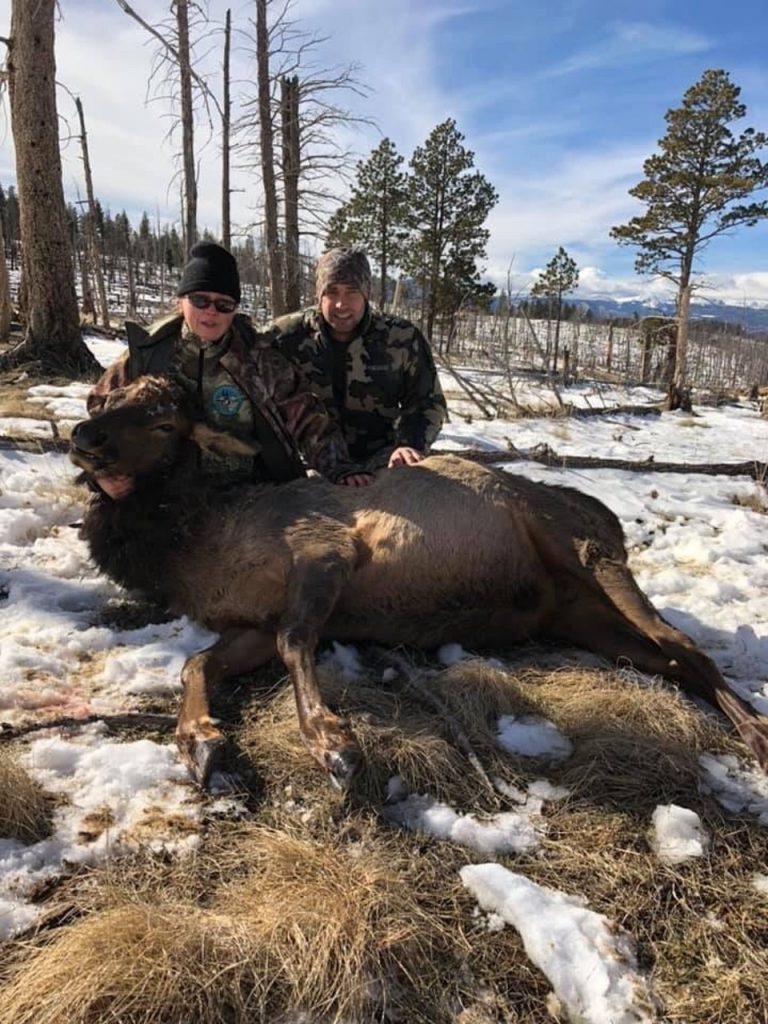
Ashlee Lundvall: I know we’ve discussed the healing you’ve found in shooting, hunting and being outdoors. Tell me how that has made a difference in your life. What is the greatest lesson you have learned through your continued recovery?
Jen Barcklay: After my accident, my saving grace was discovering that my brain did indeed have the capability of relearning and, in many ways, it was almost easier to learn something completely new and different then it was to relearn something I had once known. Learning to hunt allowed me to get back to shooting, but with a new set of goals and a different purpose with a fresh start. The entire TBI recovery process was almost entirely in sterile, clinical settings of hospitals and indoor offices. I had never in my life spent so much time indoors. I needed to get back outside to feel like a person again. Hunting brought to me a new sense of purpose, got me back outdoors and to the shooting range again. The change of the seasons now brings anticipation of what new adventure the next hunting trip will bring. Learning to hunt has opened up my world and propelled me in my recovery farther than I ever could have imagined lying in those hospital beds years ago.
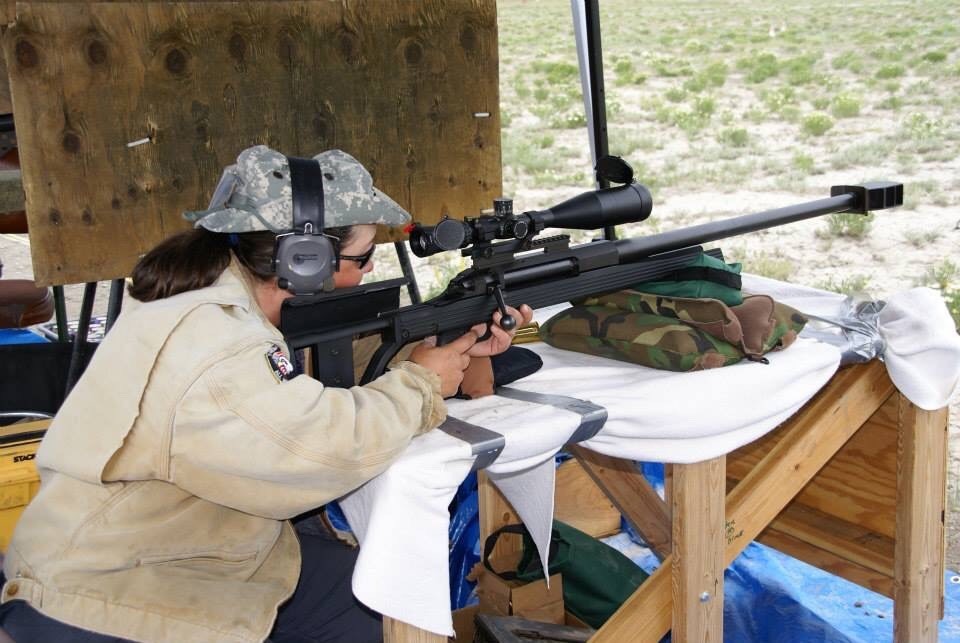
My healing process has taught me to be more patient with myself. I have allowed myself to be more forgiving if something doesn’t go as planned. Given the unpredictable nature of neurological dysfunction, it is a necessary mode of operation to adopt in order to progress forward beyond the parts that no longer work. Learning to live in the moment and truly embracing the now of life has been vital. I understand that what happened is already done and the future is forever changed, so I try and make the most of what I have right now and build on it, because tomorrow is never guaranteed.
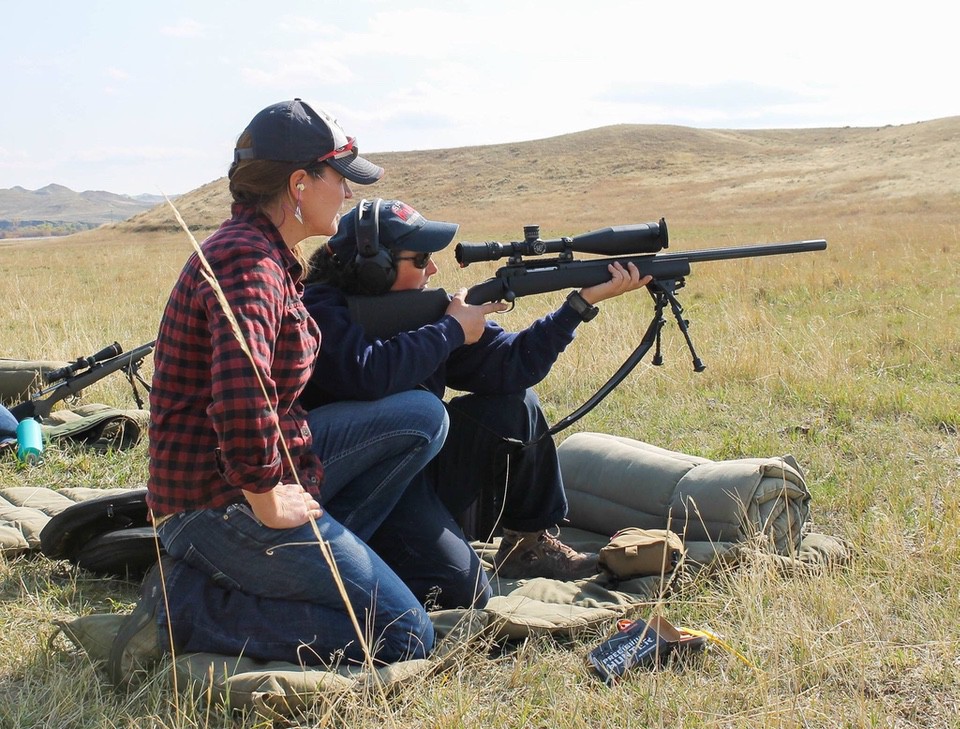
Ashlee Lundvall: When did you become interested in long range shooting? What would you tell a woman who was interested in getting into long range shooting?
Jen Barcklay: My interest in long range shooting started about 20 years ago. I always enjoyed rifle shooting and I was always good at math and physics, which drew me into ballistics. I became fascinated with long range shooting through a greater understanding of ballistic studies. I found it very relaxing and almost meditative to get into the mindset preparing for a day of long-range shooting. Calming the mind and body to minimize the human input on the shot was something I loved.
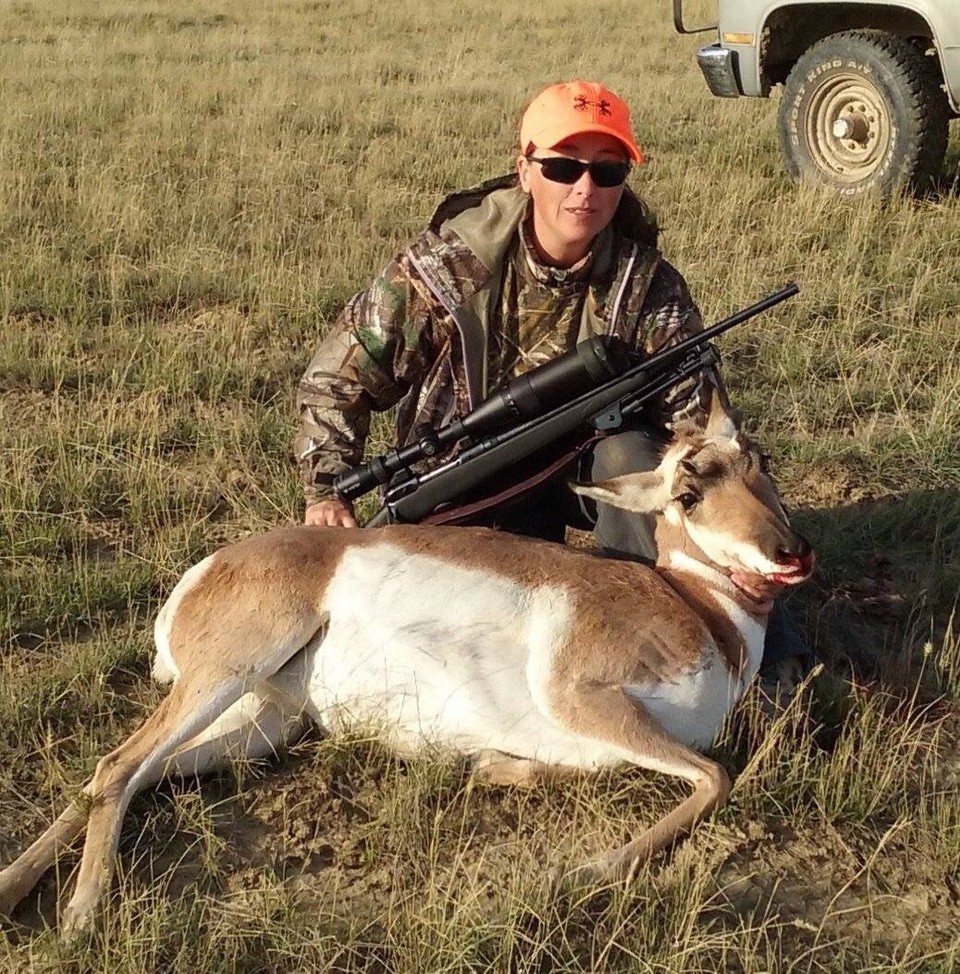
Women of today have amazing access to opportunities of any kind when it comes to any type of shooting sports. Long range shooting can sound intimidating at first, but just as with anything else, you need to start with the basics. Establish solid fundamentals, define your goals and purpose for pursuing it and go for it! There are some very reasonable priced, out-of-the-box rifles extremely capable of reaching out to that 1000-yard (and beyond) mark if one so desires. The entire firearms industry nationwide has come 180 degrees from when I started to play with long range shooting. I recently purchased a Ruger Precision Rifle in 6.5 Creedmoor and absolutely love taking it to the range.
It has been quite a journey, but I am thankful for the healing I have found through shooting and hunting. I don’t know who said it first, but I came across a quote during my recovery that has stuck with me to this day: “Never allow your memories to become bigger than your dreams!”
Find about information about the Ruger Precision Rifle in 6.5 Creedmoor here. MSRP: $1599.00
Ashlee Lundvall writes a blog titled "Redefining Life," that follows her rise from a debilitating injury as a teenager to Ms. Wheelchair USA in 2013. Her first book, "A Redefined Life," was published in February of 2016, and she is on National Pro Staff for Mossy Oak and the NRA’s Disabled Shooting Sports committee. Ashlee is also the recipient of the 2017 SCI Foundation Pathfinder Award. Ashlee truly shines as a keynote speaker at outdoor industry and disability related events and conferences. She is passionate about mentoring newly injured patients, and loves to pass on her love for adapted outdoor recreation! View all posts by Ashlee Lundvall